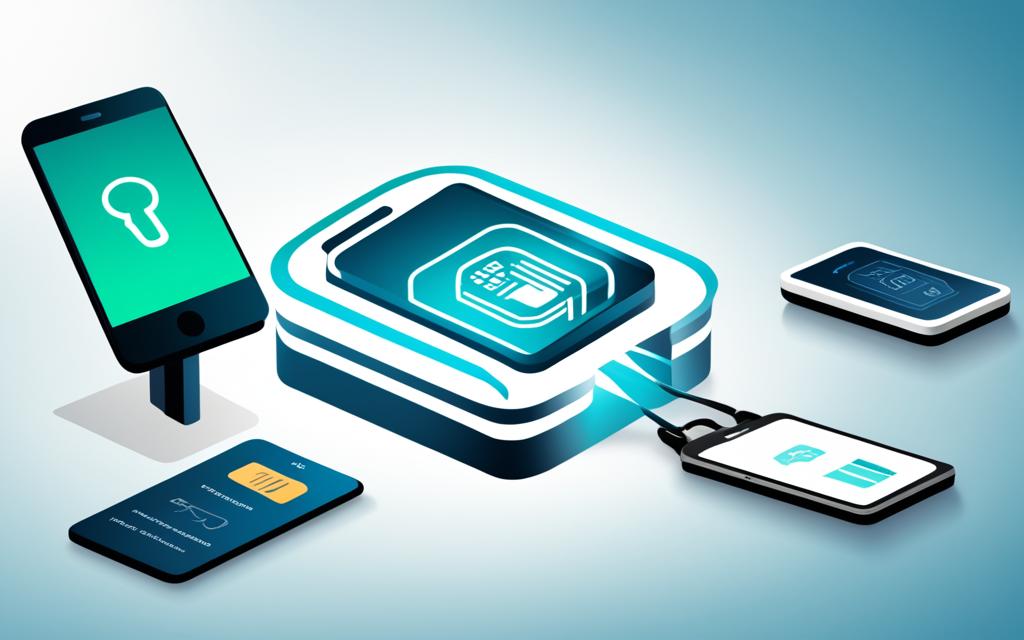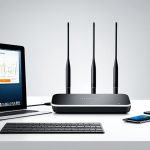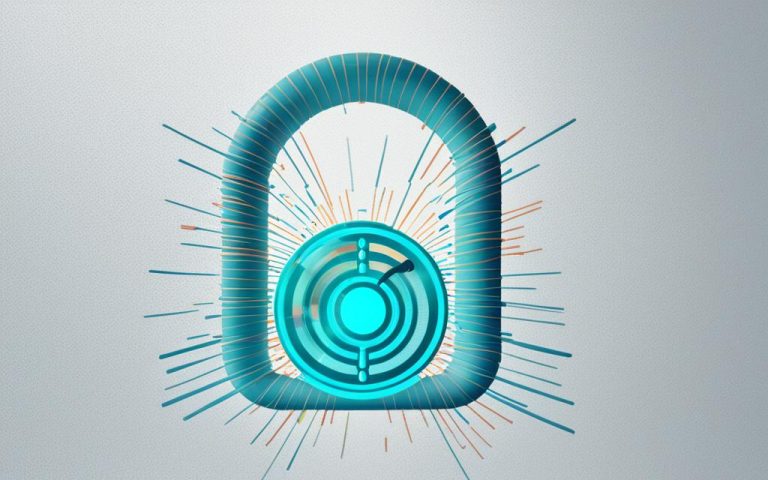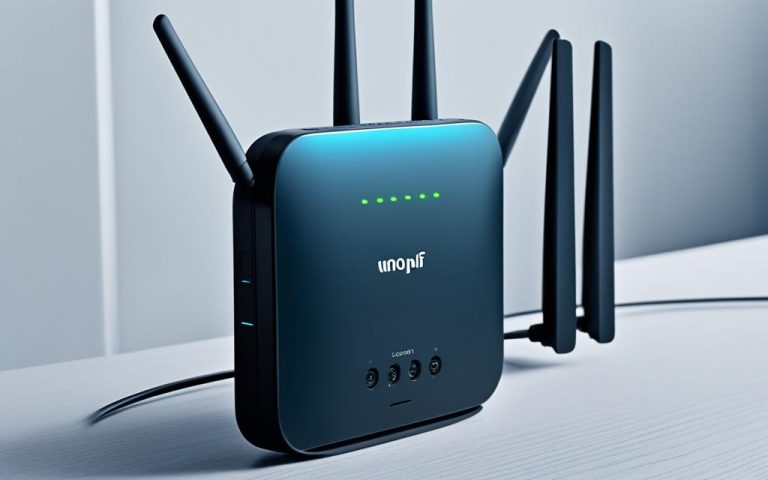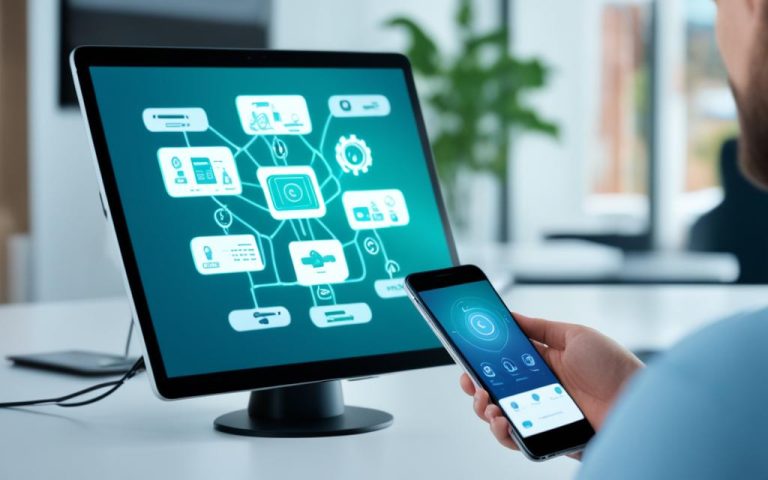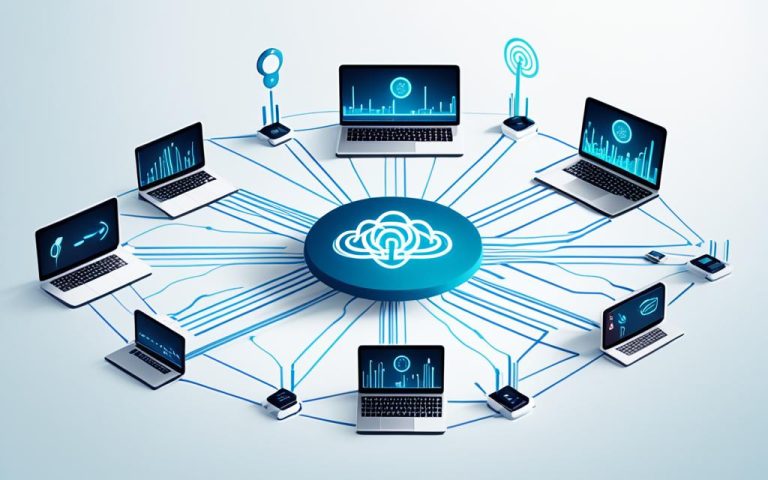PAN authentication techniques play a critical role in ensuring robust security in Personal Area Networks (PANs). In today’s interconnected world, where secure access is paramount, implementing advanced authentication methods is essential to protect the network and ensure that only legitimate users have access.
Different Types of PAN Authentication Methods
PAN authentication can be implemented using various methods, each offering unique benefits based on specific network requirements. The following authentication methods are commonly used in PAN environments:
Certificate-based Authentication
Certificate-based authentication relies on digital certificates to verify the identity of users or devices accessing the PAN. This method ensures secure communication by validating the authenticity of the certificates presented.
Multi-Factor Authentication
Multi-factor authentication (MFA) adds an extra layer of security by requiring users to provide multiple forms of identification. This typically includes a combination of something the user knows, something the user has, and something the user is.
SAML Authentication
Security Assertion Markup Language (SAML) authentication is commonly used in federated identity management systems. It enables secure single sign-on (SSO) across multiple systems by exchanging authentication and authorization data between the identity provider and service provider.
Kerberos Single Sign-On
Kerberos Single Sign-On (SSO) is a network authentication protocol that allows users to access multiple services using a single set of login credentials. It provides a seamless and secure authentication experience by eliminating the need for users to repeatedly enter their credentials.
TACACS+ Authentication
TACACS+ (Terminal Access Controller Access-Control System Plus) is a protocol used for centralized authentication, authorization, and accounting (AAA) services. It enables granular control over user access to PAN resources by enforcing policies set by the authentication server.
RADIUS Authentication
RADIUS (Remote Authentication Dial-In User Service) is another popular AAA protocol commonly used for network access servers. It provides centralized authentication and authorization services, enabling organizations to manage user access to PAN resources efficiently.
LDAP Authentication
LDAP (Lightweight Directory Access Protocol) authentication leverages directory services to authenticate users in a PAN. It provides a centralized user repository and offers a scalable solution for managing access control.
Local Database Authentication
Local database authentication stores user credentials locally on the PAN device itself. This method is suitable for small-scale environments where a centralized user repository is not necessary.
Choosing the appropriate PAN authentication method depends on factors such as network size, scalability requirements, and desired level of security. Organizations must carefully consider their specific needs and select the most suitable authentication method for their PAN environment.
The image above illustrates the various PAN authentication methods discussed in this section.
GlobalProtect User Authentication Methods
When it comes to securing remote access, GlobalProtect stands out as a leading solution offering a range of authentication methods for user verification. When a GlobalProtect app connects to the portal, users are prompted to authenticate their identity, ensuring that only authorized individuals gain access to sensitive network resources.
The appropriate level of security required may vary depending on the sensitivity of the network resources. With GlobalProtect, administrators have the flexibility to select the authentication profile and certificate profile that align with the specific security needs of each component.
Let’s explore some of the main GlobalProtect user authentication methods:
- Username and Password Authentication: This is the most common method where users provide their assigned username and password for authentication purposes.
- Two-Factor Authentication (2FA): By integrating an additional layer of security, 2FA combines something the user knows (such as a password) with something the user possesses (such as a mobile device) to authenticate their identity.
- Certificate-Based Authentication: Using digital certificates, this method validates the authenticity of the user by verifying the cryptographic credentials provided.
- Smart Card Authentication: This method utilizes smart cards or other hardware-based tokens to authenticate the user, providing an additional layer of security.
- Multifactor Authentication (MFA): Similar to 2FA, MFA combines two or more authentication factors, such as biometrics, tokens, or text messages, to ensure a higher level of security.
In addition to these authentication methods, GlobalProtect also supports the integration of third-party authentication platforms, such as OAuth, SAML, or LDAP, allowing organizations to leverage their existing authentication infrastructure.
By offering a variety of user authentication options, GlobalProtect empowers organizations to tailor their security measures to the specific needs of their network components. This flexibility enhances security while ensuring a seamless user experience.
Now, let’s take a closer look at the different security levels and authentication profiles that GlobalProtect offers:
PAN Authentication for Internet of Things (IoT) Devices
PAN authentication plays a crucial role in securing IoT devices, particularly in sectors like healthcare and industrial IoT. With the increasing prevalence of wearable devices and other IoT devices, implementing robust authentication mechanisms and secure communication protocols becomes essential to enhance the security of these devices.
By implementing multi-factor authentication and other advanced authentication techniques, organizations can ensure that only authorized users have access to IoT devices. This helps protect sensitive data and prevents unauthorized tampering or control of these devices.
Healthcare IoT, for instance, involves the use of connected medical devices that collect and transmit sensitive patient data. Ensuring the authentication of these devices is vital to safeguard patient privacy and comply with healthcare regulations such as the Health Insurance Portability and Accountability Act (HIPAA).
Similarly, in industrial IoT applications, where numerous devices and sensors are interconnected, PAN authentication helps prevent unauthorized access and potential disruptions. Industrial control systems and critical infrastructure can be protected against cyber threats through authentication techniques tailored to meet industry-specific security requirements.
As the IoT ecosystem continues to grow, the security of interconnected devices becomes paramount. Implementing robust PAN authentication measures ensures the integrity, confidentiality, and availability of IoT devices, safeguarding the data they generate and ensuring their secure operation.
Advantages and Challenges of Implementing PAN Authentication
Implementing PAN authentication techniques offers several advantages, contributing to enhanced security, a seamless user experience, and protection against unauthorized access.
- Enhanced Security: PAN authentication helps reinforce the security of Personal Area Networks, ensuring that only authorized individuals can connect to the network and access sensitive data.
- Protection Against Unauthorized Access: By implementing PAN authentication, organizations can prevent unauthorized users from gaining access to their networks, protecting valuable information and resources.
- Seamless User Experience: PAN authentication techniques, when implemented effectively, provide a user-friendly experience by streamlining the authentication process and minimizing user intervention.
However, there are also challenges associated with PAN authentication that organizations need to address:
- Security Gaps: There may be security gaps in the credentials used for PAN authentication. Weak passwords, compromised authentication factors, or vulnerabilities in the authentication infrastructure can pose risks and give unauthorized individuals opportunities to bypass the authentication process.
- Privacy Concerns: PAN authentication involves collecting and processing user credentials, which can raise privacy concerns. Organizations must implement robust privacy measures and ensure compliance with relevant data protection regulations to protect user privacy.
When implementing PAN authentication in their networks, organizations must carefully consider these advantages and challenges to strike a balance between security, user experience, and privacy.
Conclusion
Implementing advanced PAN authentication techniques is paramount for achieving secure connectivity in Personal Area Networks (PANs). By employing a combination of authentication methods, organizations can safeguard their networks and sensitive data from unauthorized access.
However, it is crucial to address the security gaps and privacy concerns associated with PAN authentication to establish a robust and secure network environment. Organizations should prioritize implementing multi-factor authentication, certificate management, and secure communication protocols to enhance PAN security. Additionally, regularly updating and patching authentication systems can help mitigate potential vulnerabilities.
In conclusion, PAN authentication techniques play a vital role in ensuring the integrity and confidentiality of Personal Area Networks. By adopting these techniques and continuously monitoring and improving the authentication infrastructure, organizations can create a secure and reliable network environment, protecting their valuable assets and maintaining data privacy.
FAQ
What is PAN authentication?
PAN authentication refers to the process of verifying the identity of users in Personal Area Networks (PANs) to ensure secure access.
What are the different types of PAN authentication methods?
PAN authentication can be implemented using various methods, including certificate-based authentication, multi-factor authentication, SAML authentication, Kerberos Single Sign-On, TACACS+ authentication, RADIUS authentication, LDAP authentication, and local database authentication.
How does GlobalProtect handle user authentication?
When a GlobalProtect app connects to the portal, users are prompted to authenticate. The appropriate security level and authentication profile can be chosen by administrators to match network requirements.
Why is PAN authentication important for Internet of Things (IoT) devices?
PAN authentication is crucial for securing IoT devices, especially in sectors like healthcare and industrial IoT. Robust authentication mechanisms and secure communication protocols enhance the security of IoT devices as they become more prevalent in various industries.
What are the advantages of implementing PAN authentication?
Implementing PAN authentication offers advantages such as enhanced security, protection against unauthorized access, and a seamless user experience.
What challenges are associated with PAN authentication?
Challenges associated with PAN authentication include security gaps in authentication factor credentials and potential privacy concerns.

